There are a variety of ways to heat your home. From electric heating to furnaces, there are a lot of different ways to heat your home! Some of the most popular heating systems consist of boilers and furnaces. But some electric heating systems have been growing in popularity recently. In today’s blog post, we will be covering the most popular forms of heating systems and how they work!
Boilers
This is one of the most common forms of home heating in the United States, only matched by a furnace. They are known as a form of Hydronic Heat. This is defined as the use of liquid or gaseous water for heating.
Boilers work by heating water and providing either steam or hot water for heating. The hot water and/or steam is then transported around the house and is often released via steam or baseboard radiators.
There are two types of boilers. There are hot water boilers and steam boilers. Steam boilers will tend to run at a higher temperature compared to hot water boilers. However, they are less efficient than your standard hot water boiler.
Similar to furnaces, boilers are designed with a particular type of fuel in mind. For example, there are specific types of burners for heating oil, propane, and natural gas. However, compared to propane and heating oil furnaces, natural gas furnaces tend to be significantly more expensive.
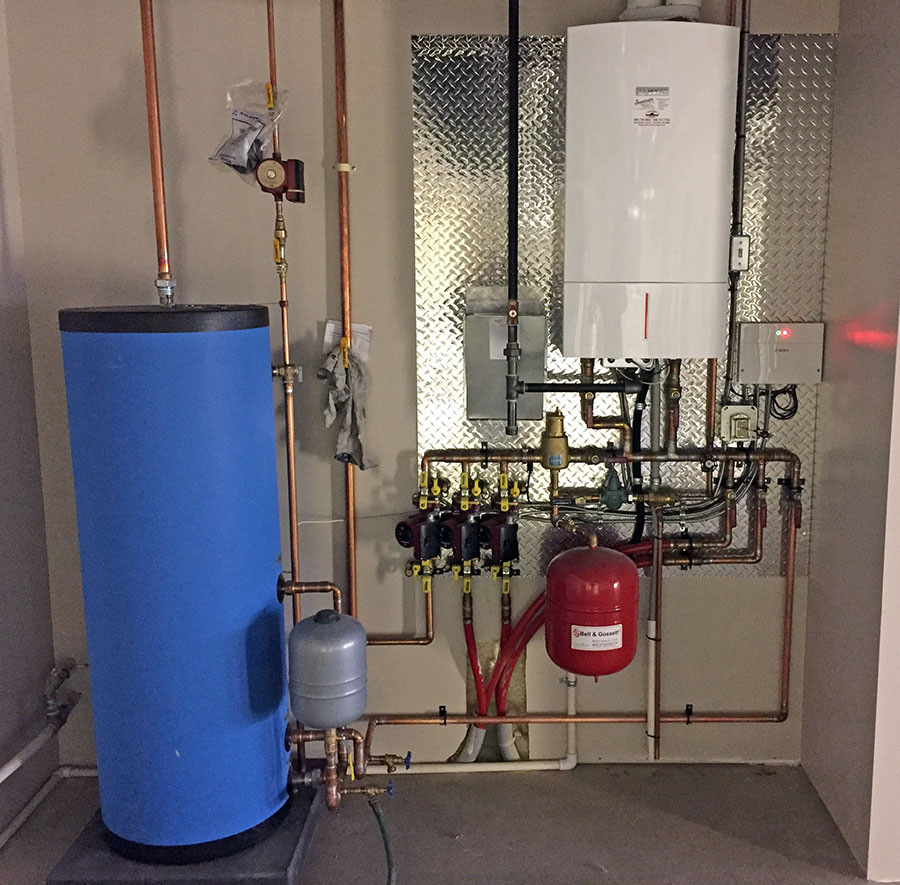
Furnaces
Like a boiler system, furnace systems are amongst the most popular heating systems in the united states. However, unlike boilers, furnaces heat air and distribute it around the house using air ducts.
Because furnaces heat the air, they will often have a flue pipe that pushes the hot air through your home’s chimney. This flue pipe should be cleaned during your yearly maintenance. This is because soot can often get stuck in the flue pipe which can be hazardous for not only your furnace but for your home as well.
Furnaces operate by the use of simple convection currents. The air simply passes through the house using ducts that are placed in various rooms in the house. Additionally, there are return ducts that bring cold air back to the furnace to go through the process again.
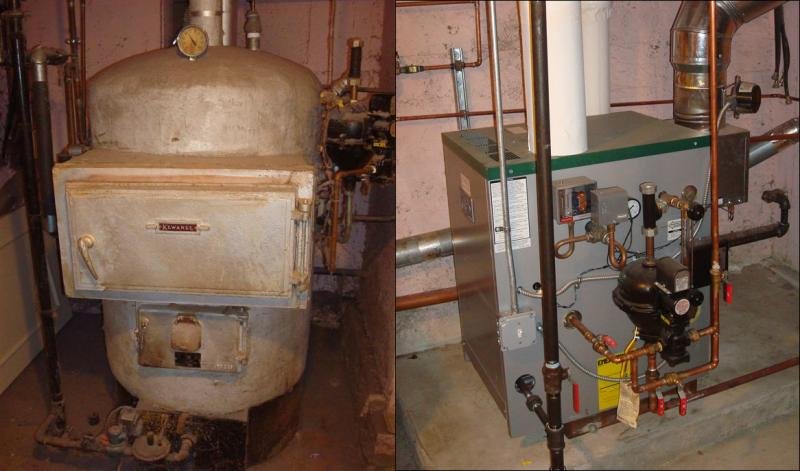
Heat Pump
Heat Pumps are a type of heating unit that’s located outside. Unlike boilers and furnaces, it doesn’t require fuel to produce the necessary heat it needs to warm the home. Instead, it extracts the heat from outside and pushes it into your home. This is kind of similar to air conditioning except the exact opposite.
The neat thing about using a heat pump is that in the warm spring and summer months, you can use it for air conditioning. When it is used as an air conditioner, it can extract the cold air from outside and use it to keep the house cool during the hot summer.
These heating systems will often have various designs similar to heating oil tanks. But you will often see these types of heating systems in two distinct styles. Heat pumps can be found in both Air-Source and Ground-Source styles. Air-source heat pumps are often found sitting above ground as a singular unit. However, Ground-Source heat pumps use a whole network of pipes underground that take the hot air from beneath the ground.
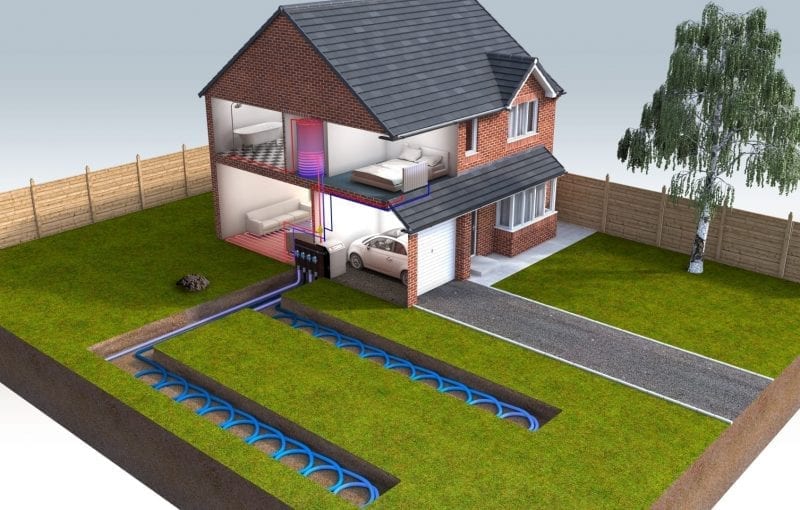
Radiant Heating
Radiant heating is a form of heating system where there is a network of pipes that is put into the flooring of the house when it’s being built. This form of heating is not easily included in a preexisting home without ripping the floors apart to implement it.
Radiant heating will transmit heat from beneath the floors and in the walls using electricity. This also means that you can “zone” where the heat is being distributed into the house. This means that if no one is in a specific room in your home, you can turn off the radiant heating in that room to not waste heat and electricity.
Heating with radiant heat is a fantastic way to heat your home. However, maintenance for this form of heating tends to be a bit frustrating. Servicing a radiant heat system is incredibly difficult. The system’s innate complexity makes it very difficult to service them. You will need a technician who is qualified for this type of work to be able to service one of these systems if needed.
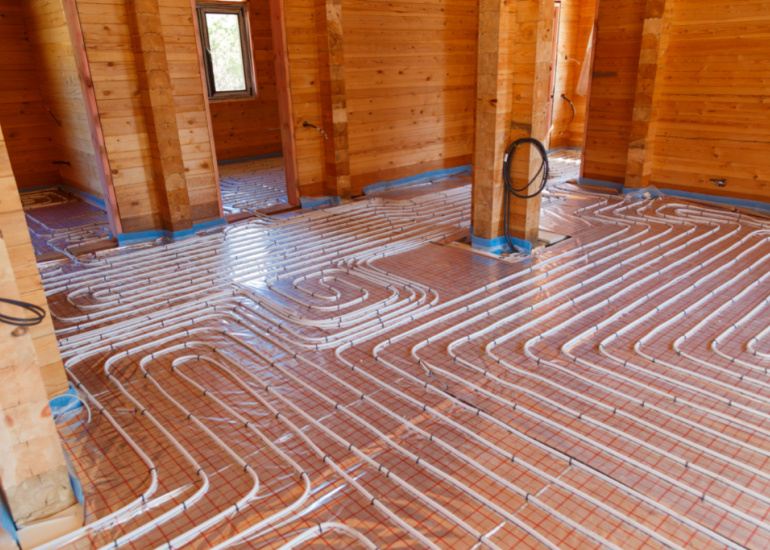
Solar Heating
This is a form of heating that is being seen more commonly nowadays. The solar panels will heat a liquid and will then transfer that directly into an interior space where it is stored for later. The neat thing about solar heating is that if the solar panels can’t produce enough heat to store, then a backup system will come on and provide additional heat that the panels couldn’t produce.
This type of heat can use a variety of different methods to distribute the heat throughout the home. You can use radiant flooring, radiators, forced air, or hot water baseboards to transport heat throughout the home! What you use is completely based upon what your current or previous system was if you choose to use this form of heating in conjunction with your current one, or just use this as your main heat source.
Maintaining solar heating can vary depending on quite a few variables. The site, design of the system, and overall installation can be crucial components for how the system is maintained. This is because different systems will require different ways to maintain and service them when needed. The system has to be properly maintained to be able to avoid breaking down and to ensure that the solar panels are working as intended.
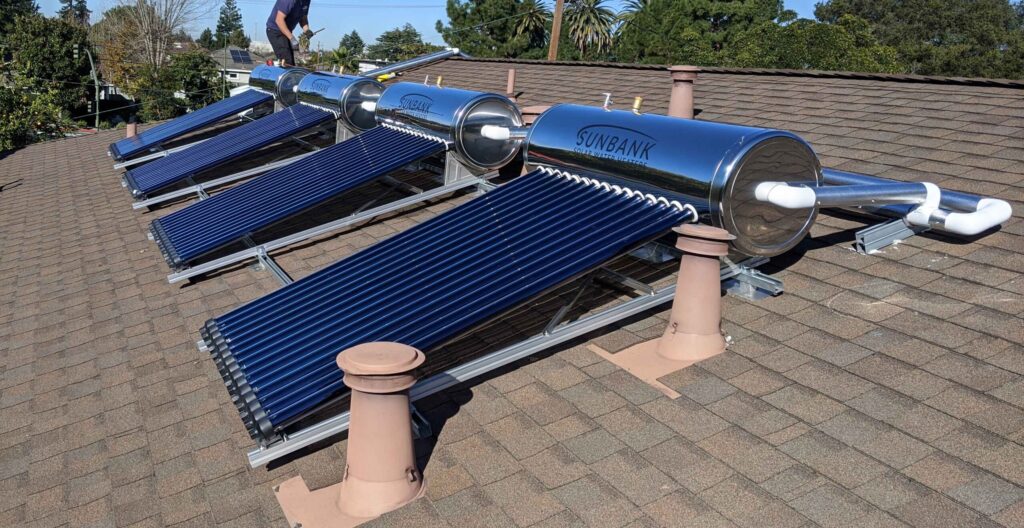
What System Should You Use?
Which heating system that you end up using is completely up to you! However, in terms of reliability and maintenance, boiler and furnace systems are the clear winners. These are the systems that HVAC technicians will have more knowledge of. Both when it comes to servicing them and how they work.
However, that doesn’t mean that radiant heating, heat pumps, and solar heating are necessarily bad to use either. They’re all fantastic ways to heat your home. However, they all tend to be expensive to implement and maintain due to their complexity. Regardless of their complexities, they are still fantastic systems to use as a main source of heating.
Happy Heating,
Hunter



